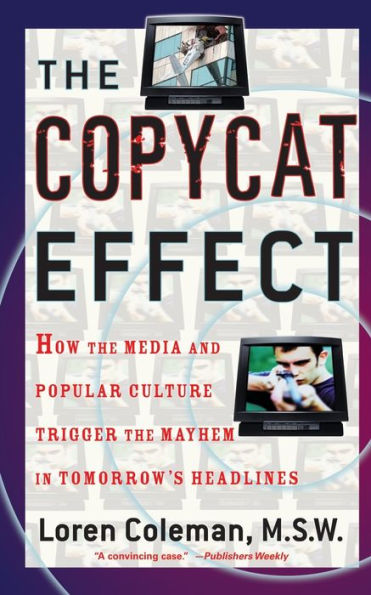Read an Excerpt
Preface: Window to the World
You may vaguely remember the incident. It came over the television and radio as a "news bulletin." The dateline was Washington, D.C. The details, viewed in retrospect, are shocking.
Frank Eugene Corder, who was immediately dubbed a "lone nut" by the media, had stolen a single-engine Cessna 150L plane from an airport north of Baltimore. He then headed south to the District of Columbia, flew over the National Zoological Park and down to the Mall, and apparently used the Washington Monument as a beacon. As he closed in on that Masonic obelisk just off the Beltway, Corder banked his plane into a U-turn over the Ellipse and flew low over the White House South Lawn, clipped a hedge, knocked some branches off the magnolia tree planted by President Andrew Jackson, and crashed the plane into the White House — two stories below the presidential bedroom. This all began at 2300 hours military time, according to the White House.
There was an attack on the residence of the President and First Lady. And it happened not long ago. But few people today remember when the pilot of that Cessna launched his attack at the heart of our nation. It happened in 1994 — on September 11.
Do you remember it? The incident obviously made quite an impact in the minds of some people. Coincidence? Conspiracy? Or something else?
In the wake of Frank Corder's crash and the resulting publicity, the White House was the focus of a cluster of attacks. On October 29, 1994, Francisco Martin Duran, a convicted felon, pulled a semiautomatic rifle from under his trench coat and fired at least twenty-nine shots as he ran down the south sidewalk of Pennsylvania Avenue, spraying the front of the White House with bullets. In December 1994 the White House saw five incidents. Four of them involved breaches of the mansion's grounds and ranged from fence jumping, to threats of a bomb in a car, to a homeless man waving a knife on a sidewalk outside the White House. That individual was shot by police and later died of his injuries. Then, on December 17, an unidentified person fired at least four bullets at the White House. One went through a dining room window, while others hit near the president's bedroom window on the second floor.
If you are surprised by the Corder story, you will likely be shaken by many of the other events recalled in this book. What is going on here? you wonder.
In short, we are living in times strongly influenced by "the copycat effect."
Copyright © 2004 by Loren Coleman



